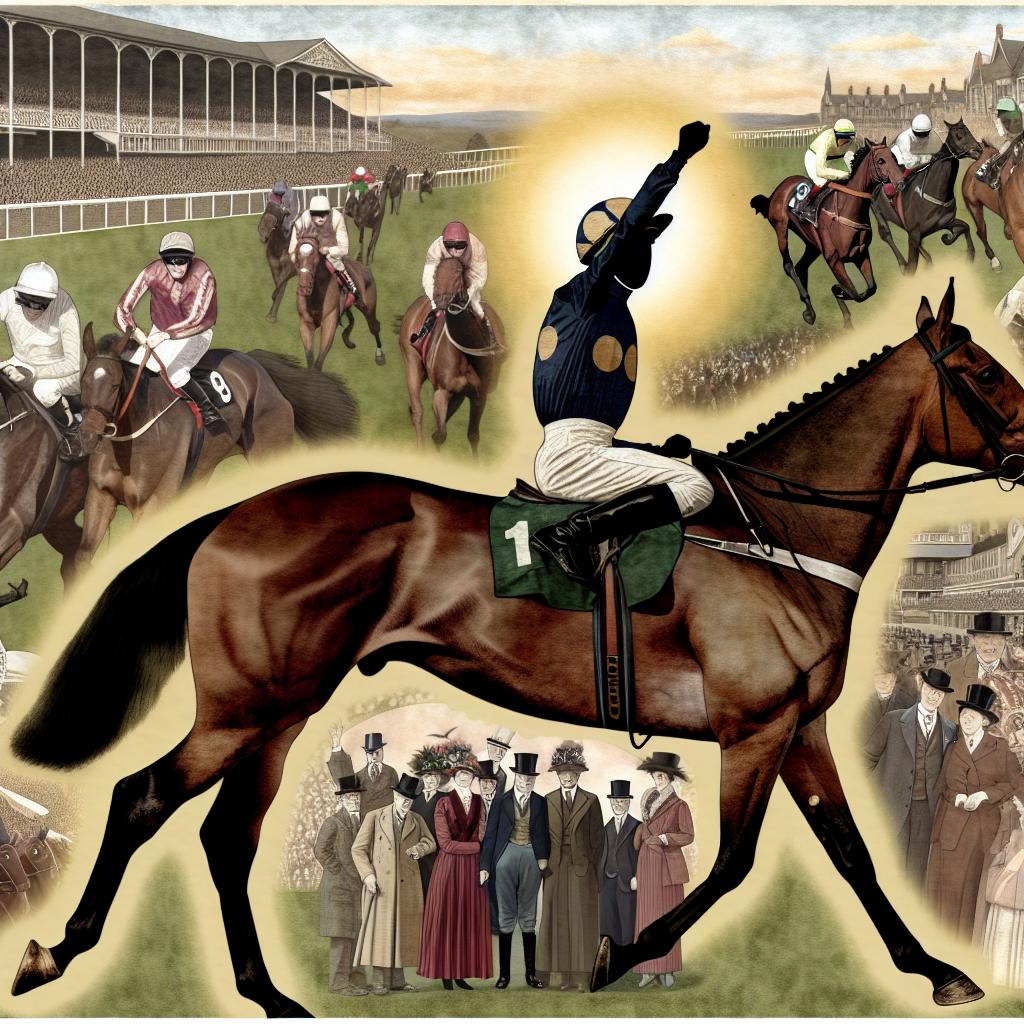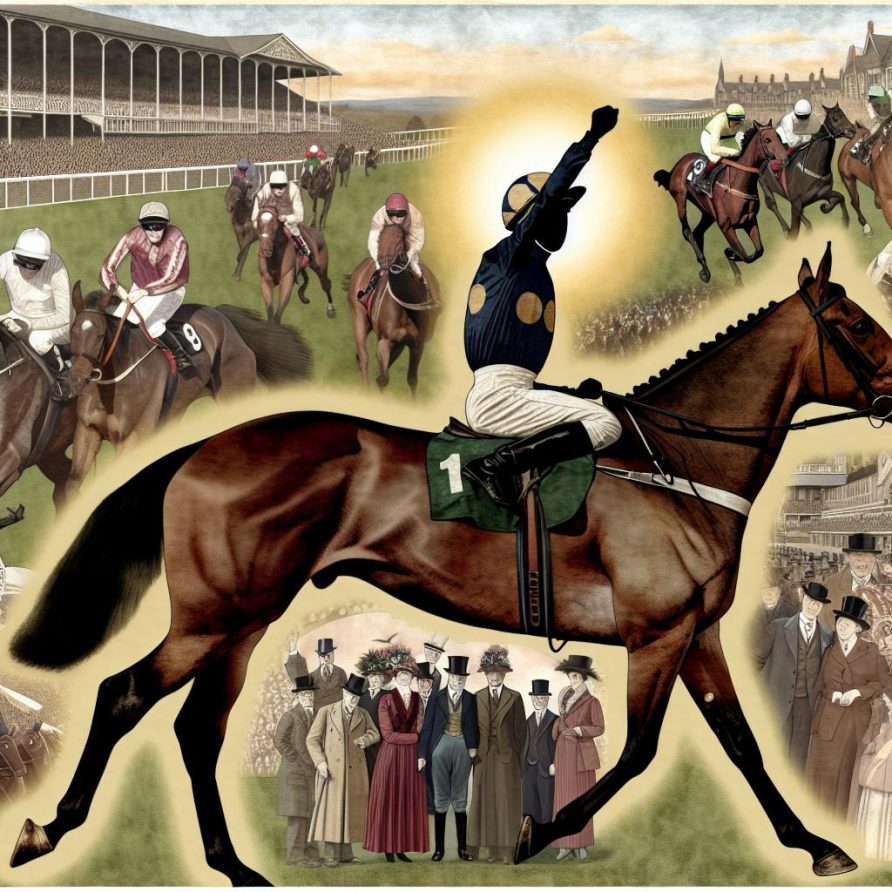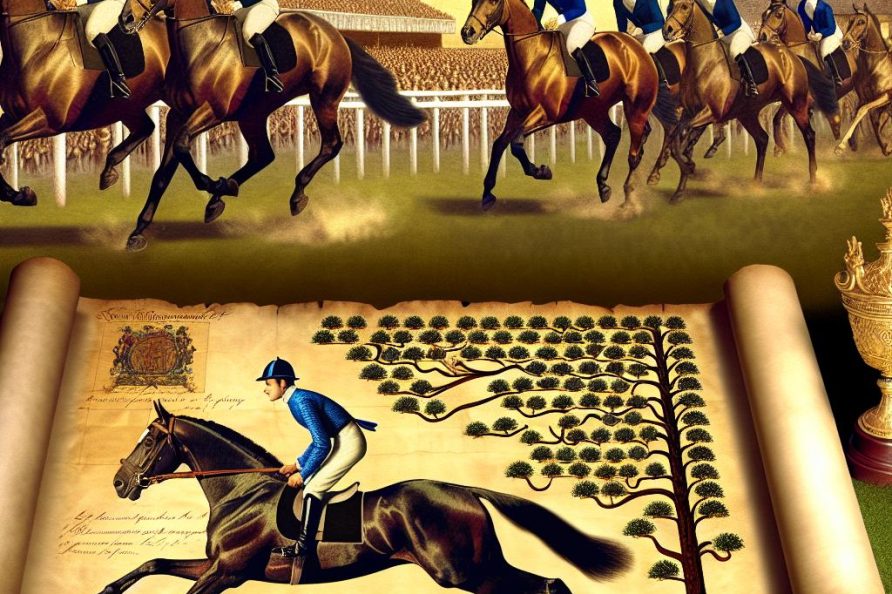Origins of the Grand National
The Grand National, an iconic event in the realm of horse racing, finds its beginnings in the early 19th century. First held in 1839 at Aintree Racecourse near Liverpool, England, the race has grown remarkably in stature and popularity over the years. Its creation is attributed to William Lynn, a proprietor at the Waterloo Hotel who leased the land from William Molyneux, 2nd Earl of Sefton. This race stands out due to its challenging course and intricately designed fences.
The Early Years
The early iterations of the Grand National were not designated with this name initially; instead, they were known as the Grand Liverpool Steeplechase. The race was modeled after an existing event named the Great St. Albans Chase. As the event progressed annually, it started to shape its own identity. In 1843, the name officially changed to the Grand National, reflecting its growing prominence.
The Course and Challenges
One of the defining aspects of the Grand National is its formidable course, which spans approximately 4 miles and 514 yards. Equestrians and their steeds face 30 fences throughout the race, which are noted for their height and breadth. These unique challenges are part of what makes the Grand National an enduring spectacle, engaging both participants and audiences worldwide.
A Tradition of Remarkable Winners
Over the decades, the race has witnessed some remarkable winners, with horses like Red Rum gaining legendary status by winning three times in the 1970s. The 1983 edition saw Corbiere become the first female-trained horse to win. In recent years, the race garnered attention when Tiger Roll became the first consecutive winner since the 1970s, securing victories in 2018 and 2019.
Modern-Day Relevance
Today, the Grand National continues to attract a global audience and is one of the most bet upon horse races in the world. With ongoing coverage by media outlets, it remains a fixture in the sporting calendar, bridging historical tradition with contemporary interest. Each year, the race draws thousands of spectators to Aintree, while millions more follow the action around the globe.
The Historical Context of the Grand National
Understanding the history of the Grand National requires an exploration of the socio-economic conditions of 19th century England. Horse racing during this period was not only a sport but also a high-society event, capturing the interest of the elite and shaping social interactions. The Grand National was thus interwoven with culture and sport, forming a central part of the entertainment landscape.
Evolution of the Course
Throughout its history, the Grand National racecourse has undergone significant changes. Initially, the course was a challenging landscape of natural barriers and obstacles. However, as horse racing regulations developed, so did the course, incorporating standardized hurdles that continue to test the grit and determination of participants. The alterations over the years aim to maintain competitive integrity while ensuring the safety of both riders and horses.
Equipment and Ride Strategy
As the race evolved, so too did the equipment and strategies employed by jockeys and trainers. Early techniques focused on stamina and simple riding skills, but modern strategies incorporate advanced training regimens, state-of-the-art equipment, and nutritional science, all aimed at maximizing horse and rider performance. Jockeys today are supported by teams evaluating every element of the race, from the starting gates to the finish line.
Key Moments in the Grand National History
The history of the Grand National is peppered with memorable moments that captivated audiences. One remarkable instance was the 1928 race, where only two horses finished due to adverse conditions, a testament to the contest’s grueling nature. Another notable moment was the 1967 race, famed for its unanticipated results when a melee on the course allowed a longshot named Foinavon to win against overwhelming odds.
The Race in Popular Culture
The influence of the Grand National extends beyond the track and into popular culture. It has been featured in films, books, and television, its drama and unpredictability making it a rich subject for storytelling. Documentaries and biopics often explore the human side of the event, highlighting the stories of the jockeys and horses who have become legends in their own right.
Factors Contributing to Popularity
The Grand National’s enduring popularity is attributed to several factors. The sheer unpredictability of the race, combined with its rich history and tradition, makes it a must-watch event. The involvement of celebrity owners and the wide coverage across multiple media platforms have also contributed to its global reputation. Furthermore, its reputation as a betting spectacle adds another layer of engagement for fans.
Technological Advances and Broadcast
Advancements in technology have played a crucial role in amplifying the reach of the Grand National. High-definition broadcasts enable viewers to experience the action vividly, while innovations in camera technology provide immersive angles and slow-motion replays. These advancements enhance audience engagement, bringing the thrill of the race into homes worldwide.
The Role of Sponsorship
Sponsorship has been instrumental in the race’s continued success. Major brands often partner with the event, recognizing its vast audience reach and prestigious platform. Such sponsorships not only generate financial support but also elevate the profile of the race, intertwining it with the contemporary corporate landscape. This commercial aspect mirrors the changing dynamics of professional sports worldwide.
Globalization and International Interest
While rooted in British tradition, the Grand National appeals to an international audience. This global interest is reflected in the participation of international horses and riders, adding a cosmopolitan flair to the event. The race serves as a meeting point for diverse racing traditions, sharing the excitement and passion for the sport on an international stage.
The Future of the Grand National
As the Grand National looks to the future, several areas demand attention to ensure its lasting appeal. Embracing sustainability practices, considering shifts in public sentiment regarding animal welfare, and leveraging digital platforms for greater engagement represent some pathways forward. The balance between honoring tradition and incorporating modern innovations will be essential in navigating the evolving landscape of sports entertainment.
Ultimately, the Grand National stands as more than a race; it is an enduring spectacle that connects the past, present, and future of horse racing, symbolizing resilience and excellence in the sporting world.





